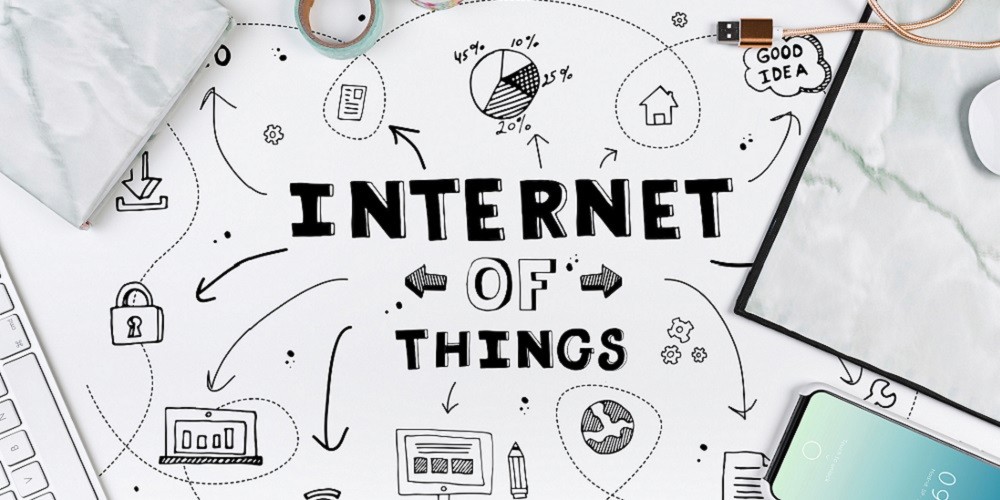All blogs
5 Business Benefits of IOT
January 13, 2019
Geeta Puri
IoT
There are lots of predictions, lots of analysis about the business benefits of IoT. IBM had been running a “Smarter Planet” campaign for years and years. Sci-Fi movies have been showcasing all kinds of connected sensors, devices, cars, robo-humans. IOT has been in human imagination for a long time.
A simple technical definition of IoT
IOT as the Internet of Things is all about having devices and sensors, from simple to sophisticated, and then leveraging their data for meaningful use. There are 2 main usage patterns at a technical level – insights from the data, and command-and-control, or action with the devices or other services.
Types of IOT Consumers
With that understanding, let’s examine the business benefits – why should you or your CFO spend money on IOT? I say you, or your CFO, because there are primarily 2 categories of consumers for IOT – individuals and business – each using slightly different IOT capabilities for different benefits. This blog focusses on benefits for “businesses” rather than “individuals”.
Benefits for Businesses
While it depends on the kind of business, at a high level the benefits are common. There are several examples of various business investing in IOT from Industrial IOT to the Internet of Elevators and Escalators, to Fleet Management to Track and Trace. The benefits can be categorized in the below 5 categories.

Must Read: 5 Benefits of IoT – for “We, The People”
1. Efficiency – Lowering Costs
IOT platforms help machines gets instrumented better and deliver real time data from the machines to applications which can analyze the data. This can be predictive analytics, correlating data from multiple machines, and finding bottlenecks. These bottlenecks and then be addressed, either manually, or in real time via command and control with the machines.
This, therefore, leads to more efficiency – doing more with less. For example, on a factory floor or an assembly line, instrumentation would allow to identify patterns of productivity and the lack of it, giving an opportunity to fix it.
For a fleet management solution, better route planning, fuel efficiency management, and driver feedback are possibilities.
In hospitals, it’s ensuring that precious instrumentation and machines are optimally used. The possibilities apply to almost every business and come down the applying the technology to get the results.
2. Visibility – Better Decision Making
The information sources of IOT platforms are the sensors, devices, SCADA and PLC systems, OPC equipped devices, in vehicle devices, and even human entered information. Historically, OT and IT have not been connected for various reasons. Also, data was not made to flow end to end from source to insights in real time.
By capturing and making the data available in real time for applications, which can process it and derive insights, the data is made available to business users on dashboards, thus allowing better decision making.
Imaging knowing in real time the status of your raw material shipment, manufacturing, delivery out, correlated with financial data, 3rd party data – all available on dashboards. Imaging looking at your fleet, whether trucks or ships or even delivery folks on bikes – on demand on browsers and mobile phones.
As a hospital, know where the beds are, where the ECG machines are.
Would that allow better decision making, and in real time? You bet yes!
3. Predictability and Risk Management
The biggest challenge in running businesses is predictability. Stock markets price themselves so much on forecasts vs results. The less predictable things are the riskier they are.
IoT Platforms with visibility and insights bring more predictability to your business. Proactive decisions can be taken. For example, if there was a temperature drop in a temperature-controlled container, you can get alerts and alarms, and have the opportunity to reroute, sell goods before they perish, send a rescue truck in, or make the insurance claims easier.
As an electronics or chip manufacturer, correlate data from various factories making different components, and hedge against schedule misses from one factory for the others, such as optimize warehousing costs. The examples are aplenty.
Must Read: IoT and Performance
4. Faster Time to Market
Faster time to market from ideation to realization become a better possibility for IOT enabled businesses. Imaging that you designed a new product. Because your existing machines, assembly lines, supply chain were IOT enabled, you had a lot of data already captured along with trends. By applying AI and Machine Learning, models can be created at every stage from ideation to realization of your new or modified product. You can analyze your supply chain, delivery channels, market reactions – it’s all a function of how much data you had captured over time and your models to act on it. IOT platforms iteratively realize the benefit of faster time to market, beating the competition.
5. Innovation
Last but not least, IOT fuels innovation. Innovation is more or less a derived benefit of the above-mentioned benefits. With the business is more efficient, more visible, better risk managed as well as AI enabled, the speed and scope of innovation improves. There is more bandwidth and funds for innovation, and a fail fast strategy is implementable.
So, what does it take to get these benefits? A flexible, scalable, fast, and feature rich IOT platform, and its implementation, and optionally tailoring it to your needs. Thingsphere provides such a platform – best of the breed, yet cost effective, and the team behind it to apply it to your business.
Author: Geeta Puri – Co-Founder and Director, Thingsphere Pte. Ltd







